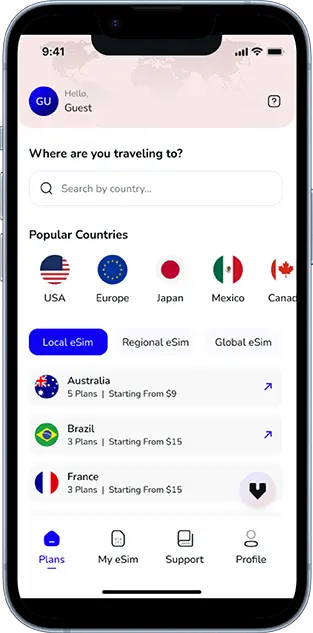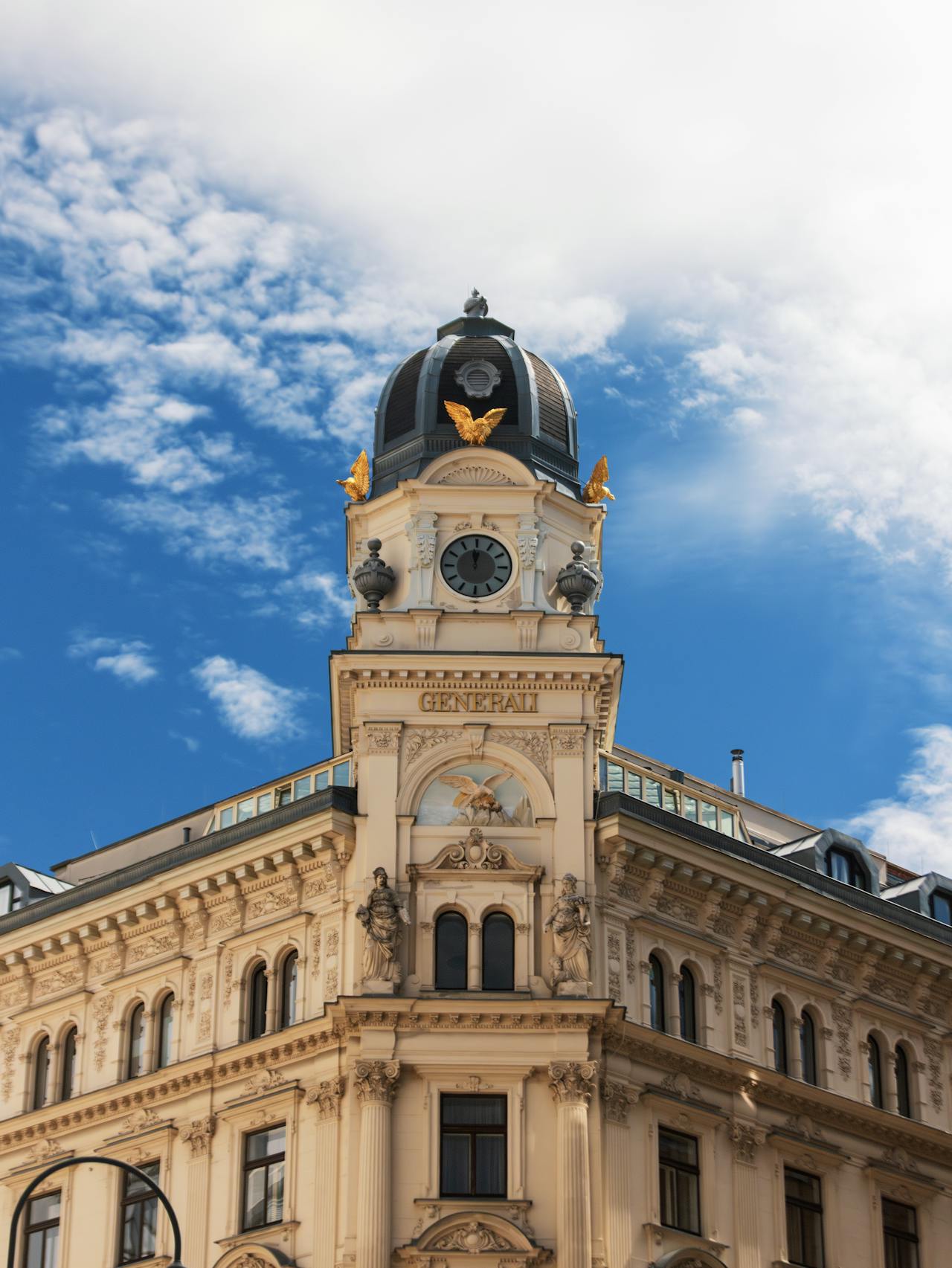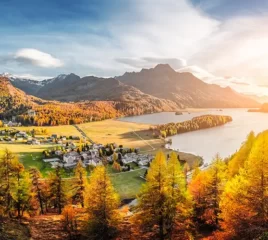Note that iPhone devices from Mainland China aren’t eSIM compatible. Also iPhone devices from Hong Kong and Macao aren’t compatible (except for iPhone 13 Mini, iPhone 12 Mini, iPhone SE 2020 and iPhone XS)
Austria is a dream destination for anyone fascinated by history, culture, and classical elegance. Nestled in the heart of Europe, it seamlessly blends imperial grandeur, musical genius, and breathtaking alpine landscapes. Whether you’re walking the cobblestone streets of Vienna, uncovering medieval fortresses in Salzburg, or standing in awe before baroque masterpieces, Austria offers a deeply enriching experience that goes beyond the typical tourist trail.
The History of Austria: From Empire to Modern Elegance
Austria’s history is long and richly woven, dating back to the Roman Empire. However, its most defining period began with the rise of the Habsburg Monarchy in the 13th century, which ruled for over 600 years and turned Austria into one of Europe’s most powerful empires. The Austro-Hungarian Empire, with Vienna at its heart, became a hub for politics, art, and philosophy in the 19th century.
After the collapse of the empire following World War I, Austria became a republic. It was later annexed by Nazi Germany in 1938 and regained independence in 1955, becoming a neutral and democratic country. Today, Austria balances imperial grandeur with a progressive, cultural identity, making it an exceptional destination for travelers interested in Europe’s past.
Explore Austria with Confidence
Stay connected to maps, museums, and more with Austria eSIM
Why Austria Is a Top Destination for History Lovers
Austria’s layered past is visible at every turn. From the Habsburg Empire’s opulent palaces to the echoes of Mozart and Beethoven in its grand concert halls, this central European nation is like a living museum. Yet it’s far from static—Austria thrives as a modern cultural hub where the past is cherished and reinterpreted for new generations.
1. Vienna: The Imperial Capital
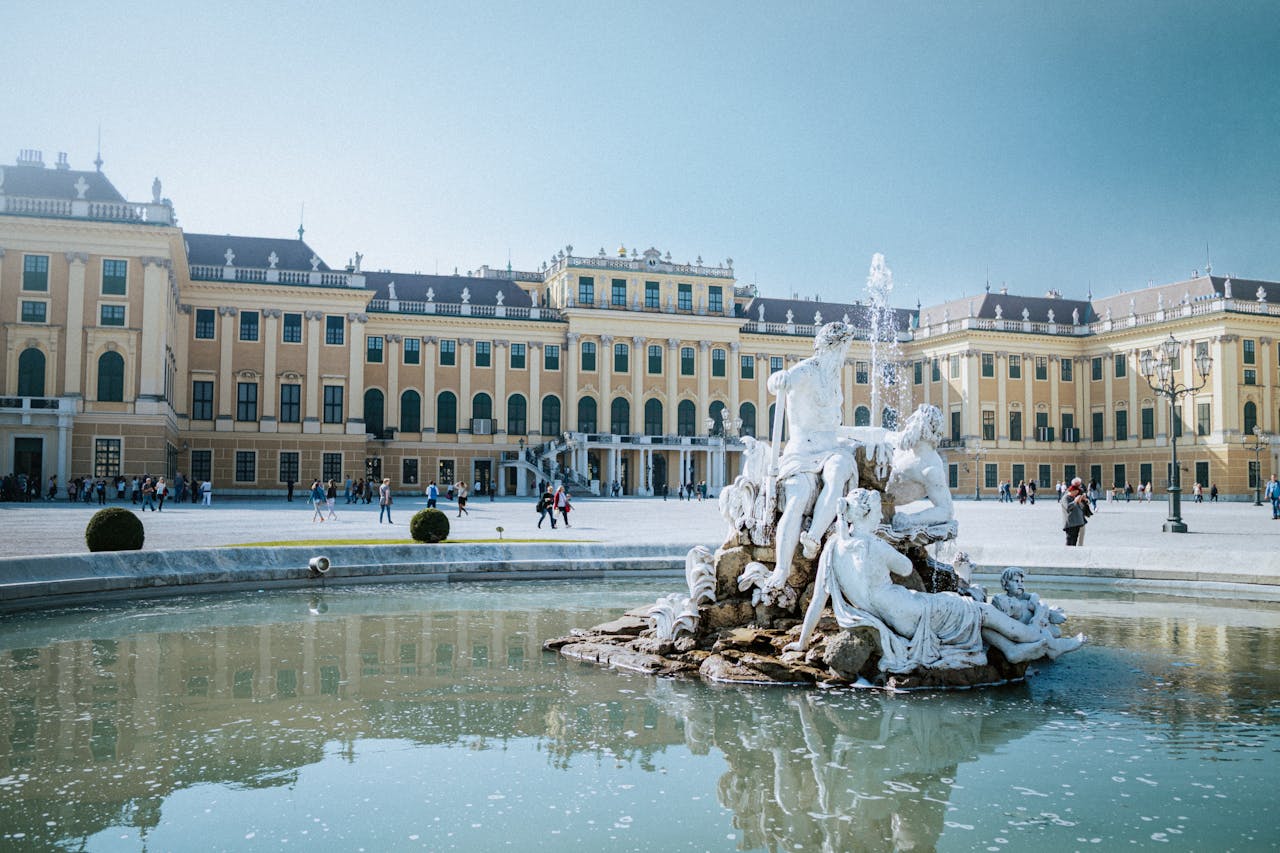
Historic Center of Vienna (UNESCO)
The heart of Vienna is a UNESCO World Heritage site, where centuries of imperial rule are reflected in stunning architecture and ornate landmarks. Explore the majestic Hofburg Palace, which served as the winter residence of the Habsburgs, and don’t miss the Spanish Riding School, one of the world’s oldest.
Schönbrunn Palace
Once the summer residence of the Habsburg dynasty, Schönbrunn is Austria’s most visited attraction. Roam through the 1,441-room palace and the beautifully landscaped gardens to get a glimpse of imperial luxury.
St. Stephen’s Cathedral
A Gothic masterpiece and one of Vienna’s most recognizable symbols, St. Stephen’s Cathedral dates back to the 12th century. Climb the tower for panoramic views of the city.
Enjoy Free Walking Tours in Vienna! Read more here.
2. Salzburg: Baroque Brilliance and Mozart’s Legacy
Salzburger Altstadt (Old Town)
Another UNESCO World Heritage site, Salzburg’s Old Town charms visitors with its baroque architecture and historical significance. Cobblestone alleys lead you past churches, cafes, and artisan shops preserved since the 17th century.
Fortress Hohensalzburg
Dominating the Salzburg skyline, this well-preserved medieval fortress offers insight into the region’s military history, along with sweeping views of the Alps.
Mozart’s Birthplace
No trip to Salzburg is complete without visiting the house where Wolfgang Amadeus Mozart was born. The museum inside offers an intimate look at his early life, instruments, and original manuscripts.
Mirabell Palace and Gardens
Built in 1606, this baroque gem is famous not only for its elegance but also for its Hollywood moment in The Sound of Music. The palace and gardens reflect the wealth and artistic sensibilities of the Prince-Archbishops who once ruled the region.
3. Museums and Masterpieces
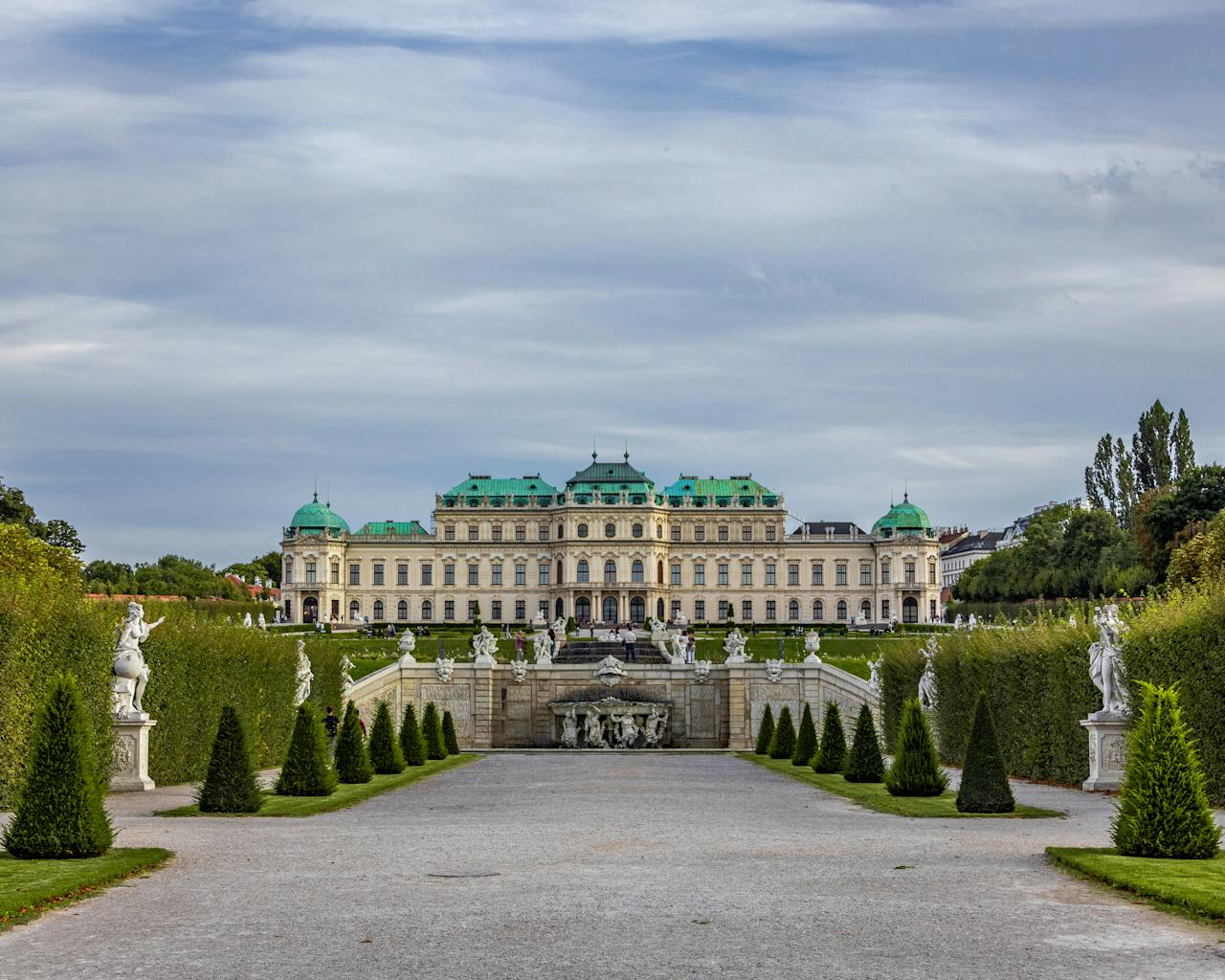
Kunsthistorisches Museum (Museum of Art History), Vienna
This museum houses one of the world’s most important art collections, including works by Caravaggio, Vermeer, Rembrandt, and Bruegel the Elder. Its architecture alone is a visual feast.
Belvedere Palace and Museum
This former royal residence showcases Austrian art from the Middle Ages to the present. Don’t miss Gustav Klimt’s iconic painting “The Kiss,” one of the most famous artworks in the world.
MuseumsQuartier Vienna
A creative complex combining contemporary art, design, and literature in historic imperial stables. It’s a space where Austria’s artistic heritage meets innovation.
4. Classical Music and Opera
Vienna State Opera
Considered one of the finest opera houses in the world, the Vienna State Opera offers daily performances, often at affordable ticket prices. History buffs can also tour the building to learn about its wartime destruction and post-war reconstruction.
Salzburg Festival
Held every summer, this world-renowned event celebrates opera, theatre, and classical music. It honors Salzburg’s most famous son—Mozart—and brings the city to life with vibrant performances.
House of Music (Haus der Musik), Vienna
An interactive museum where you can explore the lives and works of composers like Schubert, Mahler, Strauss, and Beethoven. Create your own waltz or conduct a virtual orchestra.
5. Outdoor Adventures with Historical Significance
Hiking the Alps
While best known for their natural beauty, Austria’s mountains also played key roles in local folklore and border history. Explore old trading routes, fortresses, and lookout points on a variety of hiking trails.
Historic Ski Villages
Places like Hallstatt and Kitzbühel are not only scenic ski resorts but also steeped in history. Hallstatt, for example, is one of the oldest still-inhabited settlements in Europe and a UNESCO World Heritage site in itself.
Find the best Ski Resorts – here
Bonus: Austria’s Regional Gems for History Fans
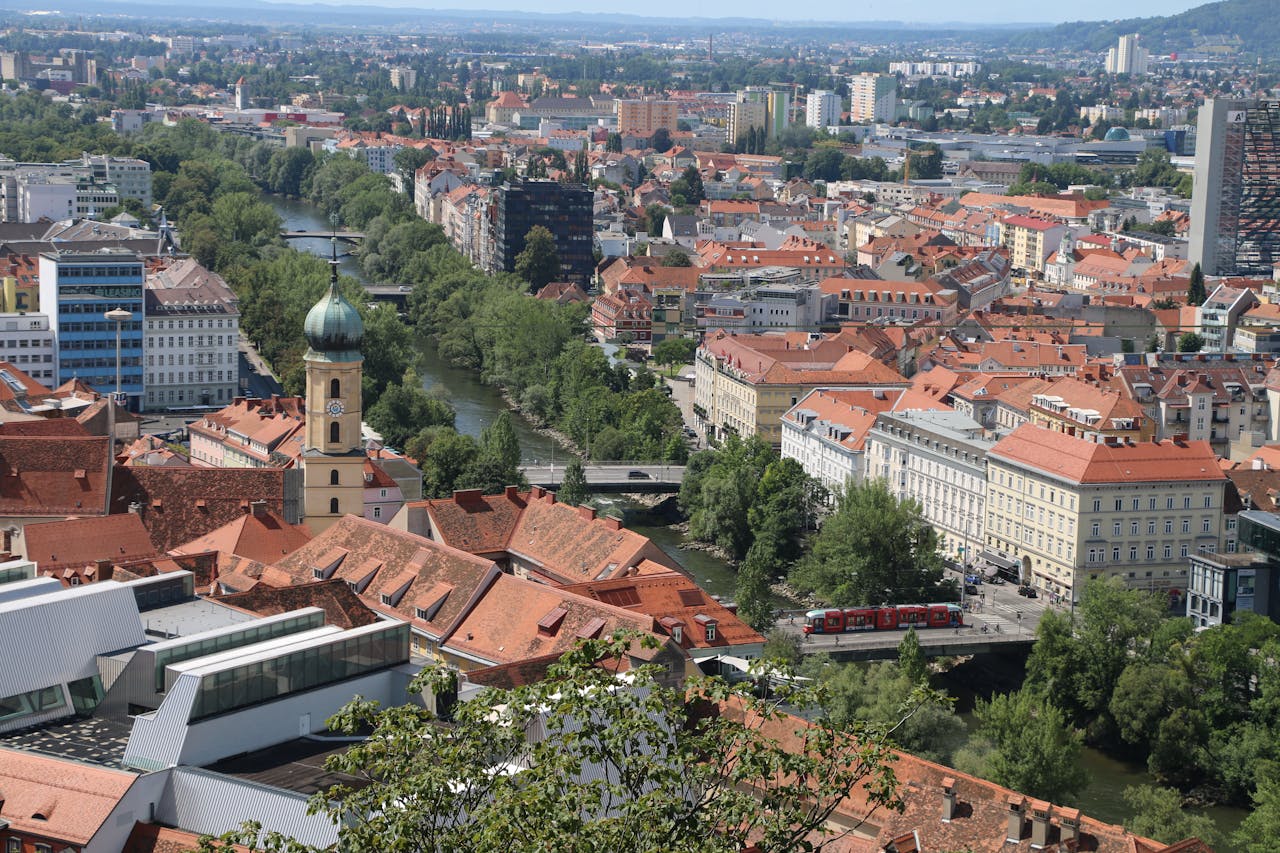
- Graz: The capital of Styria and a UNESCO City of Design with a well-preserved medieval old town and Renaissance architecture.
- Innsbruck: Once a Habsburg stronghold, this alpine city boasts the Golden Roof and Hofburg Imperial Palace.
- Melk Abbey: A baroque Benedictine monastery overlooking the Danube River, renowned for its grand library and ornate chapel.
Stay Connected While Exploring Austria’s History
From castle ruins to concert halls, staying connected throughout Austria enhances your travel experience—whether you’re navigating Vienna’s Ringstrasse or booking tickets for the Salzburg Festival. A Voye Global Austria eSIM offers a seamless, modern solution for digital connectivity, removing the hassle of physical SIM cards or unexpected roaming charges.
Travel Smart in Austria
Activate your eSIM before arrival and enjoy seamless data
Why Choose an eSIM Over a Local SIM?
- No Physical Card Needed: With an eSIM, there’s no need to search for a store, wait in line, or fumble with plastic SIM cards—just scan a QR code, activate, and you’re online in minutes.
- Instant Activation: Voye Global’s eSIM can be installed before you even land in Austria, so you can hit the ground running with maps, apps, and travel tools ready to go.
- No Language Barriers: Skip the confusion of dealing with local SIM sellers or understanding foreign plans. Voye Global eSIMs come with clear, English-language instructions.
- Dual SIM Functionality: Keep your home number active on your physical SIM while using the eSIM for data in Austria.
Why Voye Global for Austria?

Voye Global is trusted by international travelers for its fast, secure, and transparent mobile connectivity. Whether you’re visiting for a week or a month, Voye’s flexible Austria plans ensure that you’re connected without overpaying.
- Reliable Coverage: Stay connected across Austria—including cities like Vienna, Salzburg, Innsbruck, and even remote areas in the Alps.
- 5G/4G LTE Speeds: Enjoy high-speed internet ideal for video streaming, uploading travel content, or using real-time GPS and public transport apps.
- Affordable Pricing: Choose from daily, weekly, or monthly plans based on your travel duration—no hidden fees or surprise charges.
- Easy Setup: Activate your eSIM in minutes via a simple QR code. Voye provides step-by-step guidance for iOS and Android users.
- 24/7 Support: Get round-the-clock customer support from real humans—not bots—if you face any setup or usage issues.
Ideal for Travelers Who:
- Work remotely or share content during travel
- Want connectivity without switching SIM cards
- Prefer digital solutions for convenience
- Need instant access to travel apps, booking platforms, and maps
Best Time to Visit Austria
Austria is a year-round destination, but the ideal time to visit depends on your interests.
- Spring (April to June): A great time for sightseeing and cultural tours, with blooming gardens and mild temperatures.
- Summer (July to August): Peak tourist season, ideal for festivals, hiking, and outdoor cafes in Vienna and Salzburg.
- Autumn (September to October): Fewer crowds, golden foliage in the Alps, and wine harvest festivals.
- Winter (December to March): Perfect for skiing and enjoying Austria’s magical Christmas markets, especially in Vienna and Innsbruck.
Best Weather to Visit Austria
For pleasant temperatures and clear skies, May to September is the most favorable time. During this period:
- Daytime temperatures range from 18°C to 27°C (64°F to 81°F).
- Rainfall is moderate, with occasional summer showers.
- Alpine weather can be cooler, especially at higher elevations, so bring layers.
If you’re visiting for skiing or snow-covered historical towns, December to February offers snow and festive charm, especially in Tyrol and Salzburg.
Visit the Top Tourist Approved Places in Austria – here
What to Pack for Your Austria Trip?

Packing for Austria depends on the season, but here are general essentials:
Year-Round Items:
- Comfortable walking shoes (cobblestone streets and museum visits)
- Travel adapter (Austria uses Type F sockets, 230V)
- Day bag or backpack for day trips and city tours
- Lightweight jacket (weather can change quickly)
Summer:
- Sunglasses, sunscreen, and breathable clothing
- Umbrella or light raincoat
- A slightly dressy outfit for opera or classical concerts
Winter:
- Warm coat, gloves, scarf, and thermal layers
- Waterproof boots if visiting alpine regions or during snow
- Festive attire if visiting Christmas markets or opera houses
How to Reach Austria?
Austria is well-connected to the rest of Europe and the world through multiple entry points:
By Air:
- Vienna International Airport (VIE) is the primary gateway and a major European hub.
- Salzburg Airport (SZG) and Innsbruck Airport (INN) offer regional and seasonal international flights.
By Train:
- High-speed trains connect Austria with Germany, Switzerland, Hungary, Italy, and the Czech Republic.
- The ÖBB (Austrian Federal Railways) operates efficient intercity connections within Austria.
By Road:
- Austria is accessible via highways from neighboring countries. Renting a car is a good option for exploring the countryside.
- Note: A vignette (toll sticker) is required to drive on Austrian highways.
By Bus:
- Long-distance bus services like FlixBus connect Austria with most European cities at affordable prices.
Final Thoughts
Austria is more than a destination—it’s a deeply immersive journey through centuries of European culture, art, and music. For history enthusiasts, there’s no better country to walk in the footsteps of emperors, composers, and visionaries. Whether you’re attending a Mozart concert in Salzburg or strolling the grand boulevards of Vienna, Austria offers a unique blend of education, inspiration, and timeless beauty.
Your Digital Key to Austria
No roaming, no stress—just instant, reliable data everywhere
Seamless Mobile Data Everywhere
